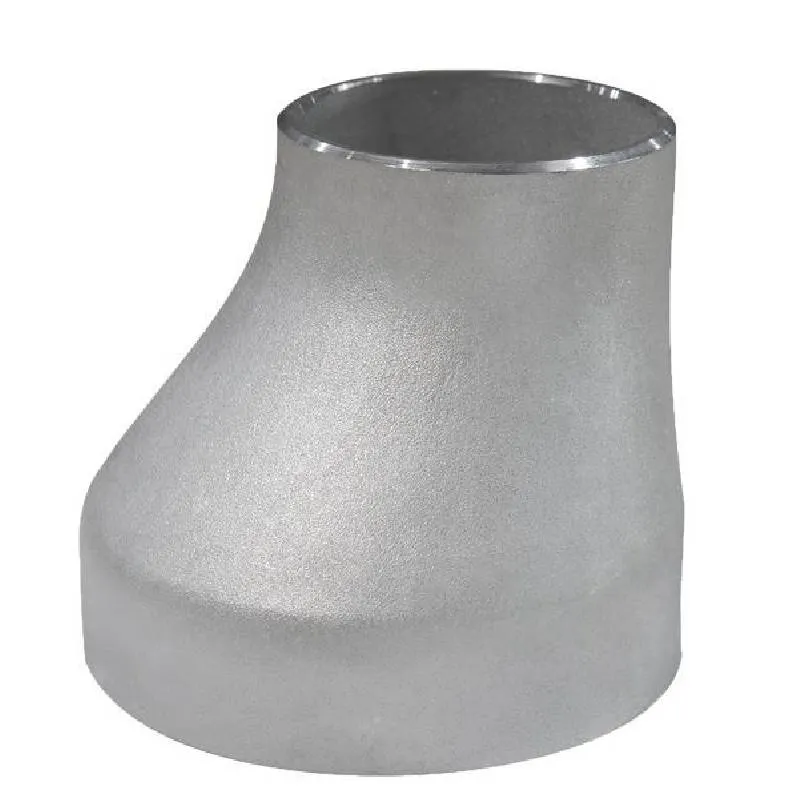-
Cangzhou Yulong Steel Co., Ltd.
-
Phone:
+86 13303177267 -
Email:
admin@ylsteelfittings.com
- English
- Arabic
- Italian
- Spanish
- Portuguese
- German
- kazakh
- Persian
- Greek
- French
- Russian
- Polish
- Thai
- Indonesian
- Vietnamese
- Zulu
- Korean
- Uzbek
- Hindi
- Serbian
- Malay
- Ukrainian
- Gujarati
- Haitian Creole
- hausa
- hawaiian
- Hebrew
- Miao
- Hungarian
- Icelandic
- igbo
- irish
- Japanese
- Javanese
- Kannada
- Khmer
- Rwandese
- Afrikaans
- Albanian
- Amharic
- Armenian
- Azerbaijani
- Basque
- Belarusian
- Bengali
- Bosnian
- Bulgarian
- Catalan
- Cebuano
- China
- China (Taiwan)
- Corsican
- Croatian
- Czech
- Danish
- Esperanto
- Estonian
- Finnish
- Frisian
- Galician
- Georgian
- Kurdish
- Kyrgyz
- Lao
- Latin
- Latvian
- Lithuanian
- Luxembourgish
- Macedonian
- Malgashi
- Malayalam
- Maltese
- Maori
- Marathi
- Mongolian
- Myanmar
- Nepali
- Norwegian
- Norwegian
- Occitan
- Pashto
- Dutch
- Punjabi
- Romanian
- Samoan
- Scottish Gaelic
- Sesotho
- Shona
- Sindhi
- Sinhala
- Slovak
- Slovenian
- Somali
- Sundanese
- Swahili
- Swedish
- Tagalog
- Tajik
- Tamil
- Tatar
- Telugu
- Turkish
- Turkmen
- Urdu
- Uighur
- Welsh
- Bantu
- Yiddish
- Yoruba

Nov . 19, 2024 04:21 Back to list
ansi 2 flange
Understanding ANSI 2 Flanges An Overview
Flanges are essential components in piping systems that provide a secure connection between pipes, valves, pumps, and other equipment. Among various types of flanges, the ANSI 2 flange, which follows the standards set by the American National Standards Institute (ANSI), is widely adopted in various industrial applications. This article aims to provide a comprehensive understanding of ANSI 2 flanges, including their specifications, applications, benefits, and installation practices.
Specifications of ANSI 2 Flanges
The ANSI 2 flange is characterized by its two-inch nominal pipe size, which is critical in defining the dimensions and pressure ratings. ANSI flanges are available in various pressure classes, typically including Class 150, Class 300, Class 600, and others, which indicate the maximum allowable working pressure at a specified temperature. A Class 150 flange, for instance, can withstand lower pressure when compared to a Class 300 flange.
The ANSI flanges are designed with specific bolt hole patterns and dimensions, which are standardized to facilitate ease of installation and compatibility with different piping components. The flange's face can be flat, raised, or ring-type joint depending on the application and requirement. The materials used in manufacturing ANSI flanges often include carbon steel, stainless steel, and alloy steels, chosen based on the operating environment and chemical composition of the substances being transported.
Applications of ANSI 2 Flanges
ANSI 2 flanges are commonly used across various industries, such as oil and gas, water treatment, chemical processing, and power generation. Their robust design makes them suitable for high-temperature and high-pressure applications. In the oil and gas industry, ANSI 2 flanges help connect pipelines that transport crude oil, natural gas, and refined products.
ansi 2 flange

In chemical processing, where the integrity of connections is critical, ANSI 2 flanges provide a reliable method to secure pipes and ensure safety throughout the system. The water treatment sector also utilizes these flanges to connect various components in treatment facilities. Given their versatility, ANSI 2 flanges can handle diverse fluid types, including corrosive chemicals and potable water.
Benefits of ANSI 2 Flanges
One of the most significant advantages of ANSI 2 flanges is their interoperability. Because they conform to ANSI standards, these flanges can be easily matched with corresponding pipe sizes and other flange types, significantly reducing compatibility issues during installation. Additionally, the availability of various pressure classes allows users to select the right flange for their specific application without compromising performance.
Another critical benefit is the ease of maintenance. Flanged connections can be disassembled and reassembled with relative ease, making repairs and replacements more efficient. Furthermore, the use of gaskets between flanges ensures a tight seal, preventing leaks and facilitating a safe operating environment.
Installation Practices
Proper installation of ANSI 2 flanges is crucial to ensure a leak-free and robust connection. The installation process generally involves cleaning the flange faces to remove dirt and debris, positioning a suitable gasket between the flanges, and tightening the bolts in a crisscross pattern to achieve even pressure distribution. Care should be taken not to overtighten the bolts, as this can lead to flange warping or gasket failure.
In conclusion, ANSI 2 flanges represent a vital component in various industrial piping systems, providing safety, reliability, and versatility. Understanding their specifications, applications, and installation practices is essential for engineers and technicians involved in piping design and maintenance. By adhering to ANSI standards, industries can ensure that their piping systems operate efficiently and safely, contributing to the overall effectiveness of their operations.
Latest news
-
ANSI 150P SS304 SO FLANGE
NewsFeb.14,2025
-
ASTM A333GR6 STEEL PIPE
NewsJan.20,2025
-
ANSI B16.5 WELDING NECK FLANGE
NewsJan.15,2026
-
ANSI B16.5 SLIP-ON FLANGE
NewsApr.19,2024
-
SABS 1123 FLANGE
NewsJan.15,2025
-
DIN86044 PLATE FLANGE
NewsApr.19,2024
-
DIN2527 BLIND FLANGE
NewsApr.12,2024
-
JIS B2311 Butt-Welding Fittings LR/SR 45°/90° /180°Seamless/Weld
NewsApr.23,2024











